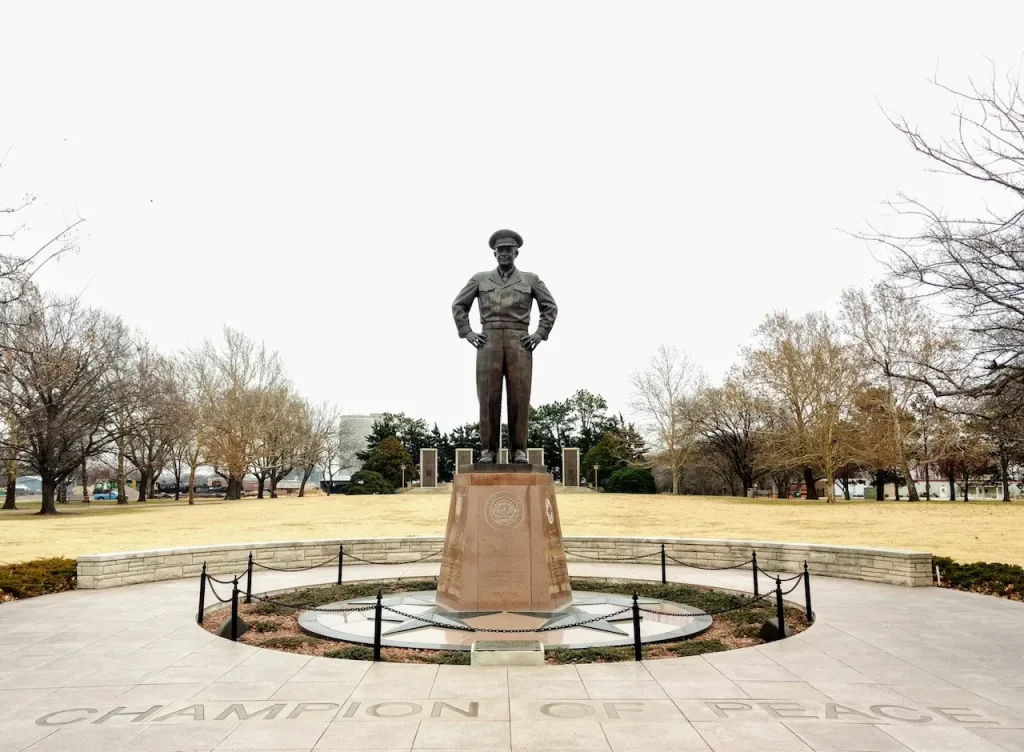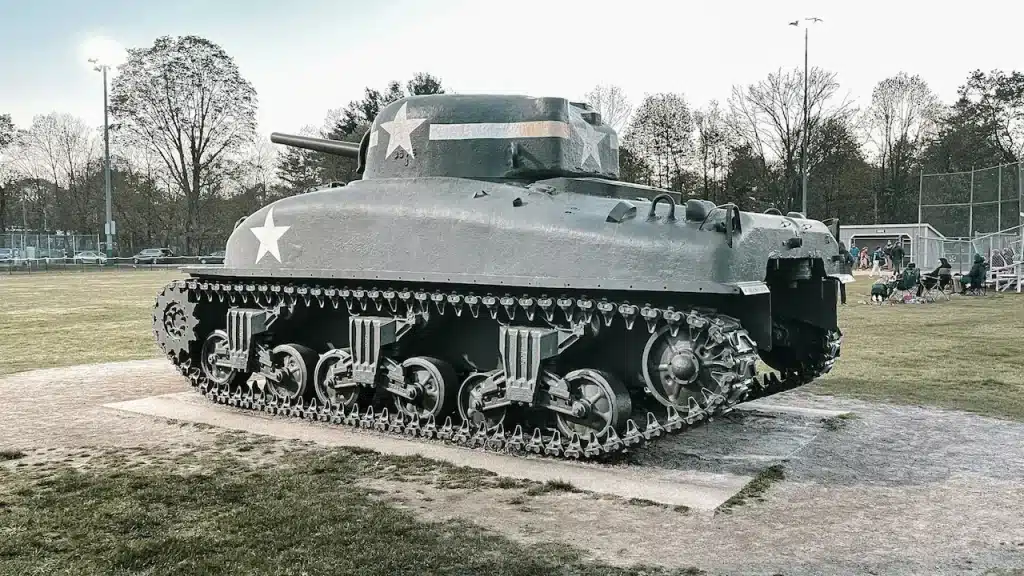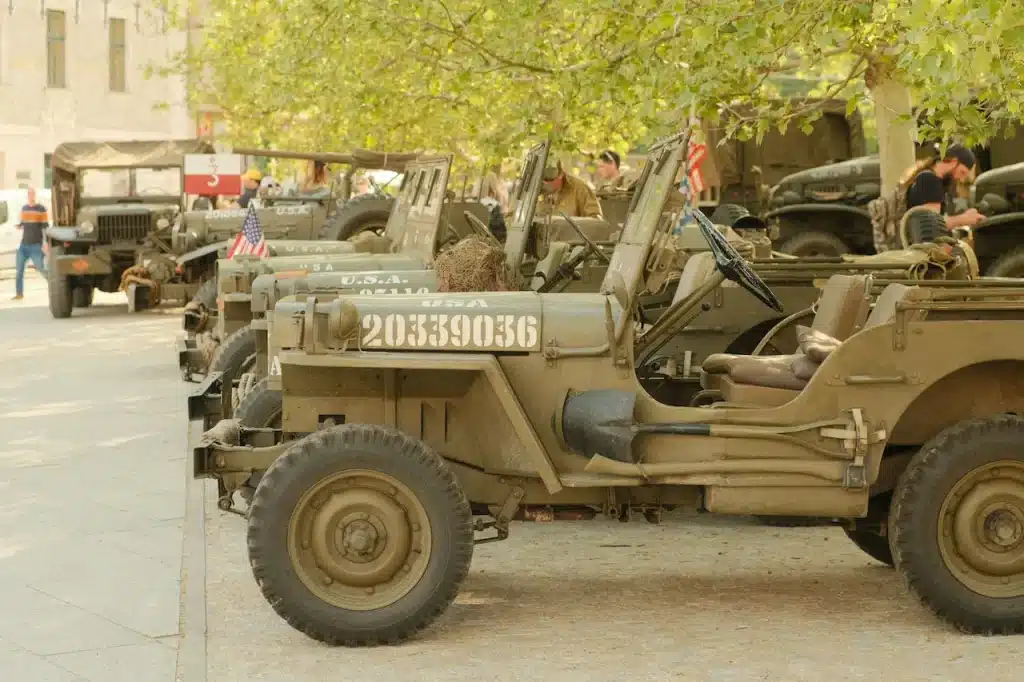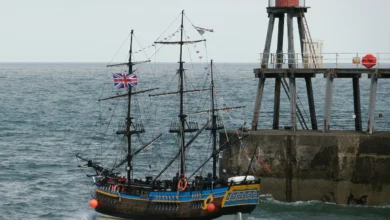The Last War Heroes
In the final years of World War II, a group became legends. These men were ordinary men who found themselves in extraordinary situations, driven by loyalty, courage and the hope for freedom. These last war heroes, who fought on the battlefields in Europe to bring peace and freedom to millions of people, fought fearlessly and with fire. These stories, told through heartfelt testimony, rare footage and vivid recreations, reveal the brutality of warfare as well as the strength of the human spirit that is behind each victory.
World War II marked a pivotal moment in history. It was a time of great struggle and sacrifice. The last campaigns of the war did not just concern strategy, but also human resilience and unity. Each soldier, nurse and resistance fighter contributed to the global effort which changed the destiny of nations. Understanding these moments allows readers to grasp the power of acts of courage and cooperation in changing history. This reflection also encourages us to value peace and remember that freedom was built on the bravery of those who fought for us.

The D-Day Invasion
D-Day was a pivotal moment in World War II. It took place on 6 June 1944. The United States launched the largest seaborne attack in history to free Europe from Nazi occupation. Soldiers faced relentless artillery and machine gun fire as they landed on five heavily fortified beaches: Gold, Sword, Utah, Omaha and Juno. The troops showed extraordinary courage despite suffering devastating losses. The determination of the troops under such overwhelming circumstances would be a defining moment for the Allied campaign and set the scene for the liberation of France.
The invasion was more than a military operation. It was also a symbol for unity between nations that were fighting together. Armed forces from different nations coordinated precisely, relying upon each other for logistics, intelligence and support. Soldiers advanced through the mud and obstacles of the beaches under a hail of gunfire, at times putting their lives in danger. Each inch gained was a symbol of bravery, sacrifice and the unwavering human spirit as men faced horrors they had never experienced before.
The D-Day story proved that collaboration, shared vision and determination could defeat even the strongest defences. It inspired millions of people in Europe who were still under Nazi rule. The heroism, determination, and coordination displayed on that day have become a symbol of what can be achieved when nations unite against tyranny. D-Day wasn’t just a battle, but also a pivotal moment in history.
The Burning Fields of Caen
The Allies then turned their attention towards Caen, a crucial objective in Normandy. German Panzer divisions defended strong positions. This battle was one of the longest and most intense in the area. Both sides engaged in bitter fighting for two months through villages, farmlands and city ruins. The countryside was transformed into a landscape of destruction.
Every soldier’s endurance and patience were tested in the battle for Caen. The Allies were faced with powerful counterattacks and heavy artillery. They also had to deal with urban warfare that was unlike anything else. The Allies’ persistence paid off, despite the slow and expensive progress. The fall of Caen was a major strategic breakthrough, allowing the Allies’ advance in northern France.

Breaking through Normandy to Secure Europe
By August 1944, the Allies were ready to liberate France. Hitler, desperate for them to stop their advance, launched a huge counterattack in the hope of dividing the Allied Forces. The Allies’ coordinated strategic approach quickly brought his plan to an end. Canadian, British and American forces advanced from north to south, encircling German Divisions in the Falaise Pocket. The Germans, who were surrounded and desperate to escape, tried to do so through a narrow passage but were destroyed by the relentless Allied air and artillery strikes. The German military presence in France collapsed, resulting in the capture of thousands and a turning point for the war.
Securing essential supply routes became more important as the Allies advanced deeper into Europe. The Canadians were assigned the mission of securing Antwerp’s port to ensure the supply and reinforcements needed to maintain the advance. The Canadian forces fought in flooded terrains, minefields and fortified positions. They were determined to reach the Scheldt Estuary. The success of their campaign ensured the Allied armies remained supplied and fueled the next phase. The British launched Operation Market Garden to capture Dutch bridges to reach the Rhine by Christmas. The paratroopers in Arnhem were met with overwhelming German resistance despite their bravery and meticulous planning. Their mission failed and was given the name “a bridge too long” for its failure.
The courage shown by the Allied forces in these campaigns, even when they failed, was impressive. The Falaise Pocket and Scheldt victories demonstrated the power and perseverance of strategy, coordination and unwavering persistence. Arnhem’s lessons, while costly, showed the limits of ambition and the resilience needed to overcome setbacks. Together, these battles helped shape the path to ultimate victory. They showed that war progress is not only measured by triumphs, but also by the courage and sacrifice of those who fight for freedom.

The Battle of the Bulge
In late 1944, as winter descended on Europe, Germany launched an offensive in the Ardennes Forest, which became known as the Battle of the Bulge. In freezing temperatures, American troops were surrounded by their enemy and outnumbered. They were tested by tanks, artillery and snowstorms, all while having limited supplies. They refused to give up and held the line until reinforcements arrived.
The Battle of the Bulge was one of the most important moments of the Second World War. The soldiers’ determination, particularly in towns such as Bastogne, proved to the world that morale can defeat might. The German offensive eventually failed, reducing their reserves and hastening the Nazi regime’s collapse. In those dark weeks, the Allied soldiers’ resilience proved that even in the most desperate and hopeless conditions, courage can triumph.
Final Victory
The Allies began to prepare for victory as the Rhine River stood as the last major obstacle between Germany and the Allies. The Allies devised their own plans to cross the Rhine, but one event changed everything: the capture of the Ludendorff Bridge in Remagen. The unexpected success of the Allies allowed them to quickly cross the Rhine, catching German forces off guard. This opened up the way into Germany, which signalled the end of the Nazi regime.
The Allies met the Soviets at Torgau on the Elbe River. This historic meeting symbolised the unity of nations that had fought against a common foe. The war in Europe ended soon after the Soviets captured Berlin. This victory was not just military, but moral as well. It was a triumph of freedom and hope over oppression.
Learning about the last war heroes makes us realise the value of freedom and how important it is to fight injustice. Their stories inspire us to create a world based on respect, understanding, and peace. We honour their memory and keep their lessons alive by remembering their sacrifices. Their courage in the darkest hours of history continues to inspire us towards a brighter and united world.



